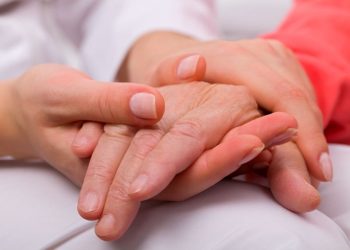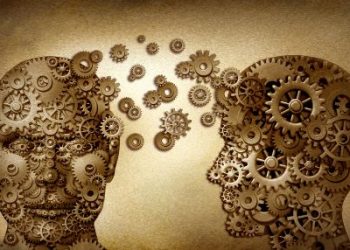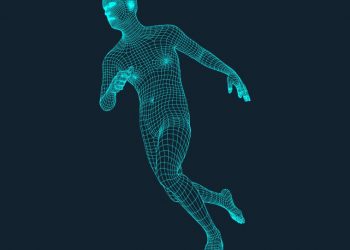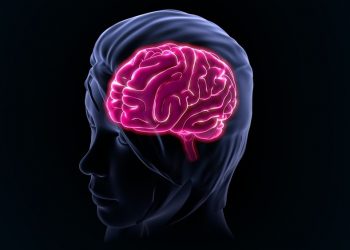Zarif prepares the appropriate treatment and delivers it globally to patients who
are incapable of flying in to see.
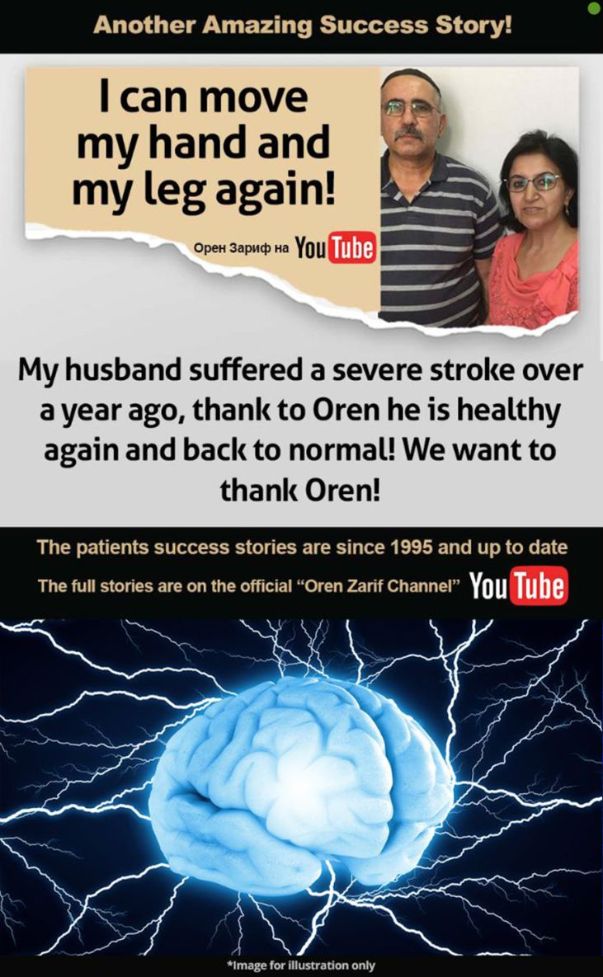
The purpose of the treatment is to open the blocked and locked
areas of the body's energy field, so that the body will be able to
create a healing process for existing symptoms that the patient
suffers from.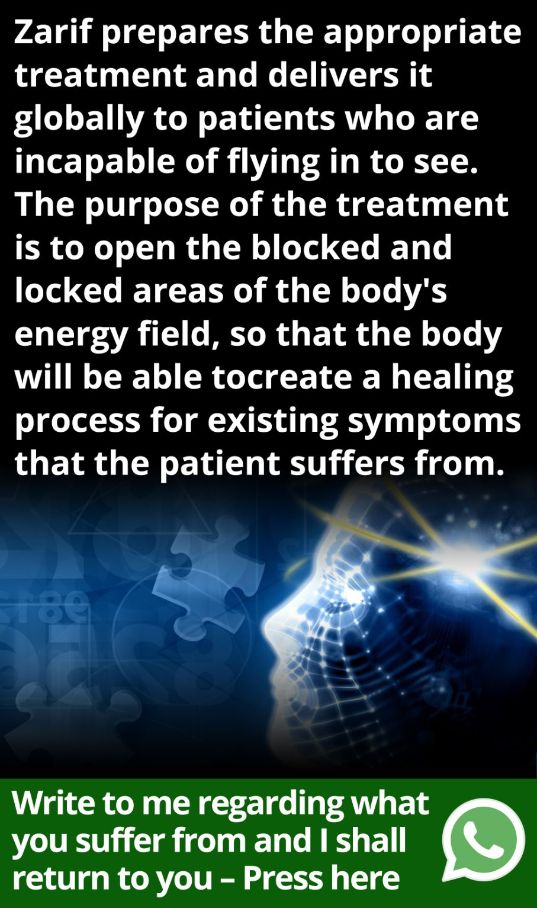
Types of Strokes – Things You Need to Know
There are three major categories of stroke: ischemic, transient, and hemorrhagic. It is estimated that approximately 87 percent of all strokes are non-traumatic. The most common non-traumatic type is the ischemic stroke.
The most common symptom in all types of stroke is the reduction of one or more blood flow to the brain. This reduction in blood flow results in decreased oxygenation to the brain. One of the warning signs and symptoms of ischemia is the numbness, tingling, or even paralysis of one side of the body. Another symptom is difficulty breathing. A person with ischemia may not be able to breathe as well as they normally would. The person can lose consciousness for a brief period of time.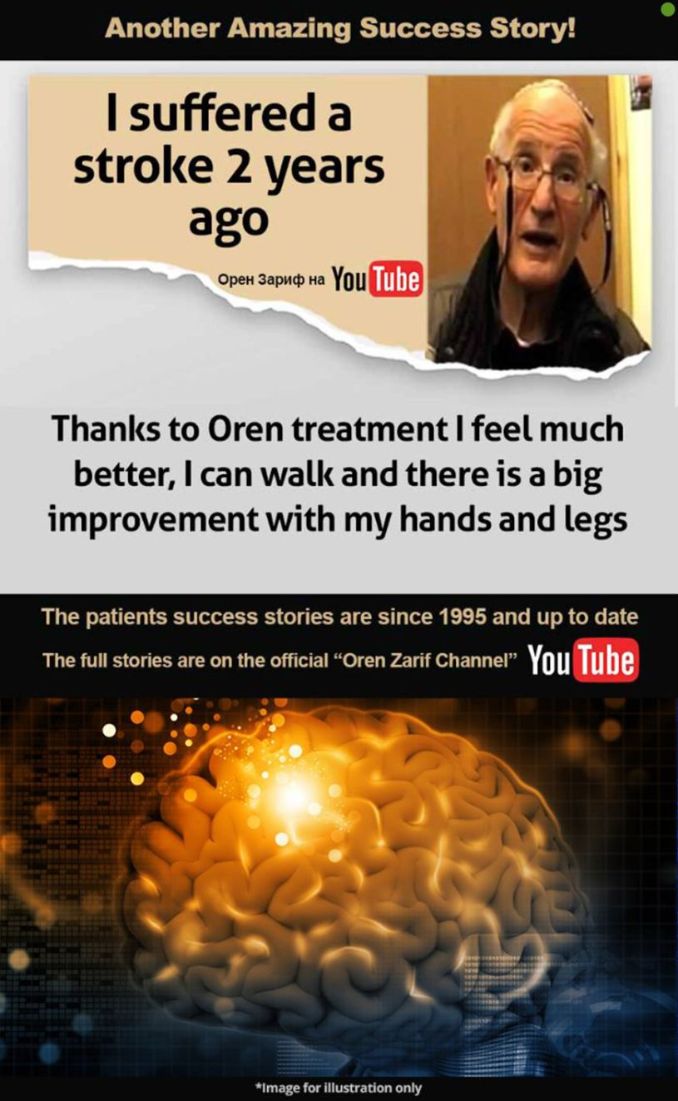
There are many risk factors for stroke that you should be aware of if you are at risk. Risk factors for a stroke include: high blood pressure, ischemia, atherosclerosis (hardening of the arteries), diabetes, obesity, and some sex disorders. Other risk factors include not exercising regularly, or not eating properly, smoking, drinking alcohol, being obese or overweight, being under or overweight, not getting enough sleep, and living in an area where tobacco use is prevalent. These things are risk factors for all kinds of strokes. If you do have any of these risk factors you should make changes to your lifestyle.
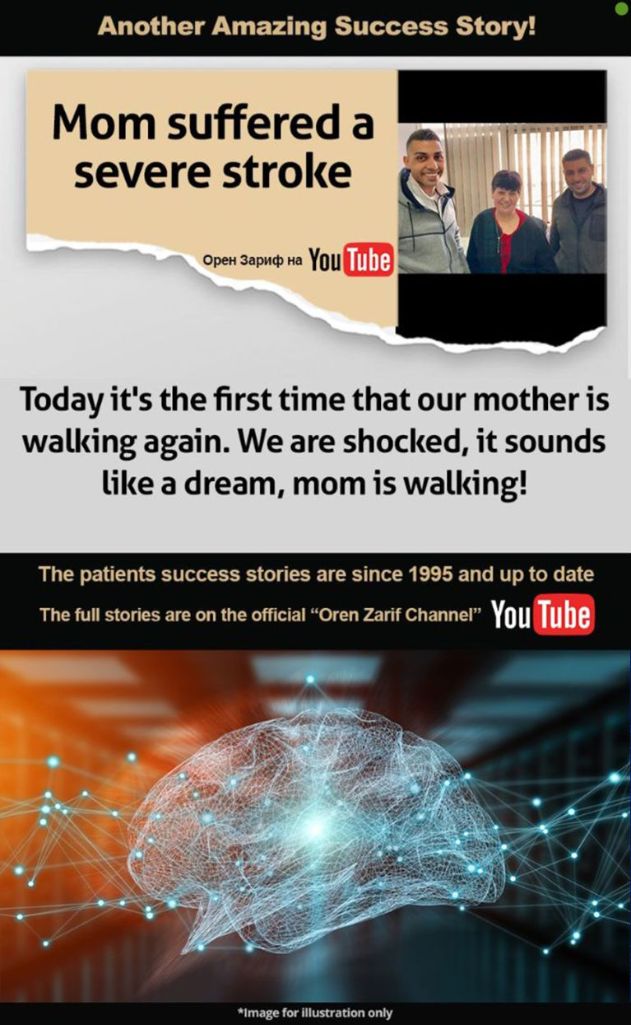
Symptoms of ischemia are usually just pain and lack of sensation in the area that was hit. In some cases the pain is mild and does not require medical treatment. In other cases, the symptoms of ischemia can be more severe. If you notice any of these symptoms, you should go to the doctor right away.
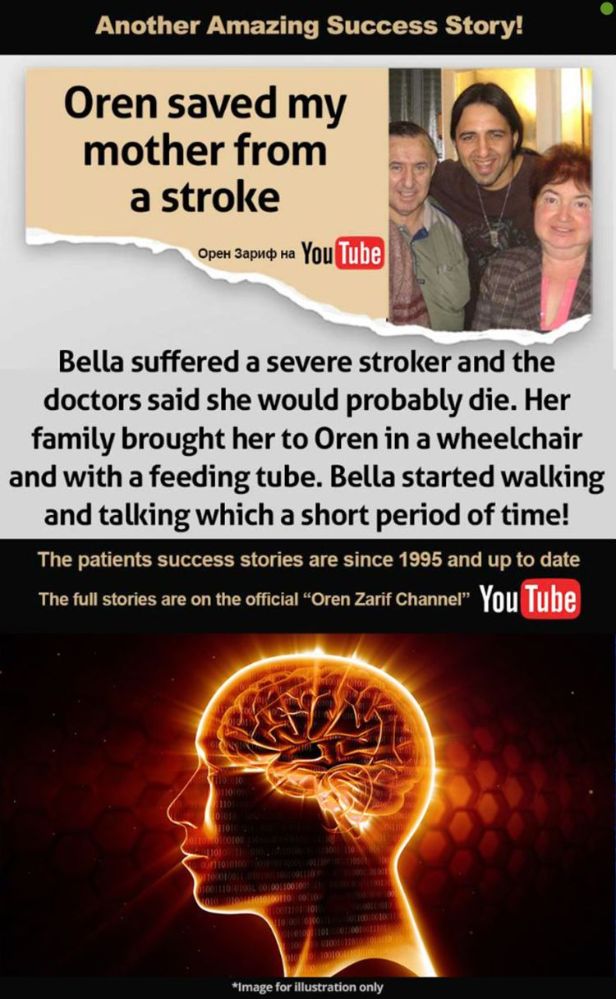
Clot blocks are a type of stroke. When a blood vessel is blocked by a blood clot it does not allow blood flow to the area. The clot will actually push the area around the block affected by the clot. There are three different types of clot blocks. They are either anti-clotting, anti-thrombotic, or fibrillar.

The symptoms of ischemia and strokes that are caused by ischemia are basically the same. However, there are some differences between these two types of strokes. An ischemic stroke causes a shortage of blood to the brain tissue and that results in damage to the brain tissue. The symptoms of ischemia that can appear in a person without any injury to the brain are: headache, dizziness, fainting, a feeling that there is a bad thing inside the body, numbness or tingling in the hands or feet, a crackling sound in the ear, trouble talking, or seeing or hearing colors or having difficulty understanding speech. On the other hand, a stroke caused by ischemia is painless and there are no symptoms whatsoever.
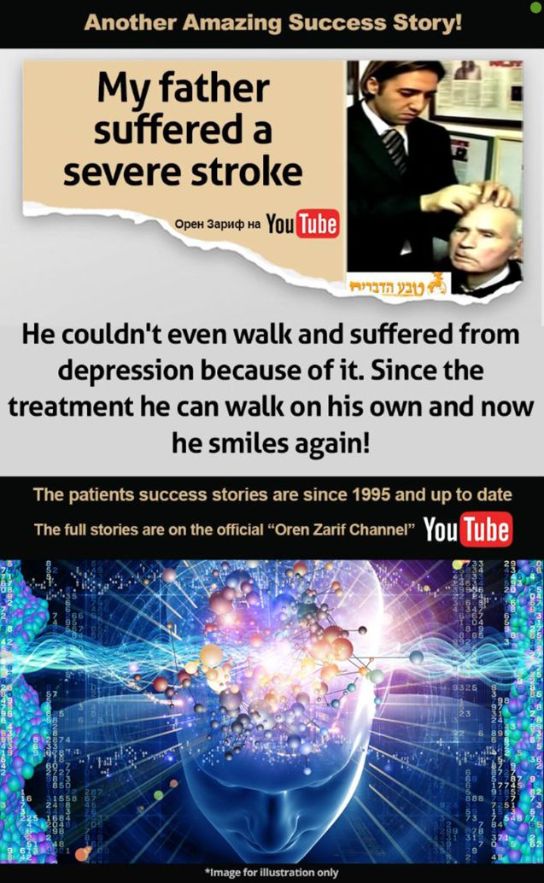
A common type of stroke is called a focal neurological compromise. This is usually what happens when a stroke affects larger areas of the brain than is usual. These large areas may include the basal ganglia or the spine that control movement and sensation. The symptoms of this more serious condition include: seizures, personality changes, speech difficulties, seizures, and sometimes personality loss.
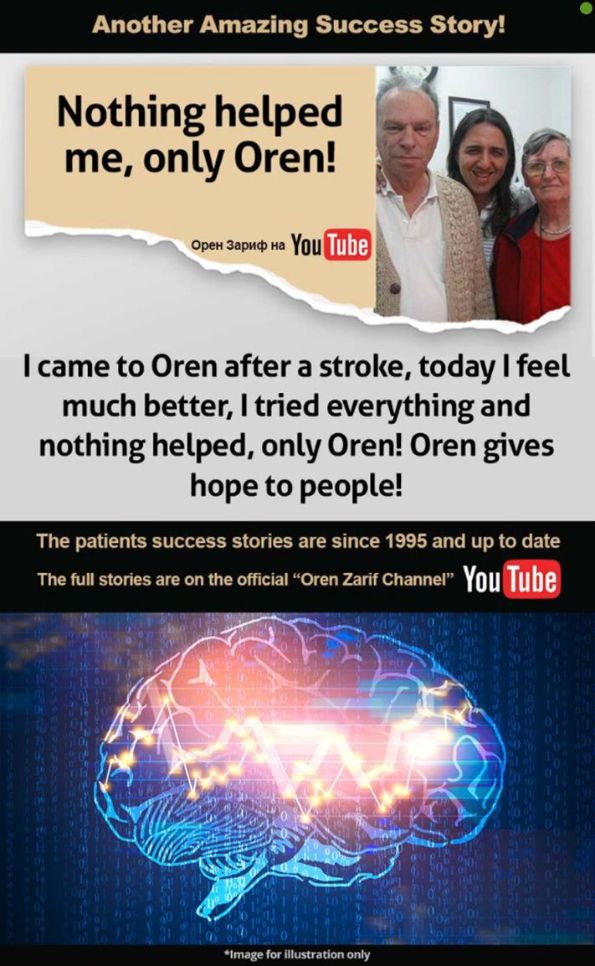
One of the more common symptoms of a stroke is numbness on one side of the body. Some people who have had a stroke may even have numbness on one side of their face. This is called a referred pain and is usually felt in one side of the face or extremities. Because this symptom may also be related to a number of other conditions, it's important to rule out other causes of numbness in order to make an accurate
 diagnosis of what is really going on. Examples of things that could cause referred pain would be: urinary tract infection, deep vein thrombosis (DVT), heat injury, surgery, or being stuck with a pool that's not properly drained.
diagnosis of what is really going on. Examples of things that could cause referred pain would be: urinary tract infection, deep vein thrombosis (DVT), heat injury, surgery, or being stuck with a pool that's not properly drained.


